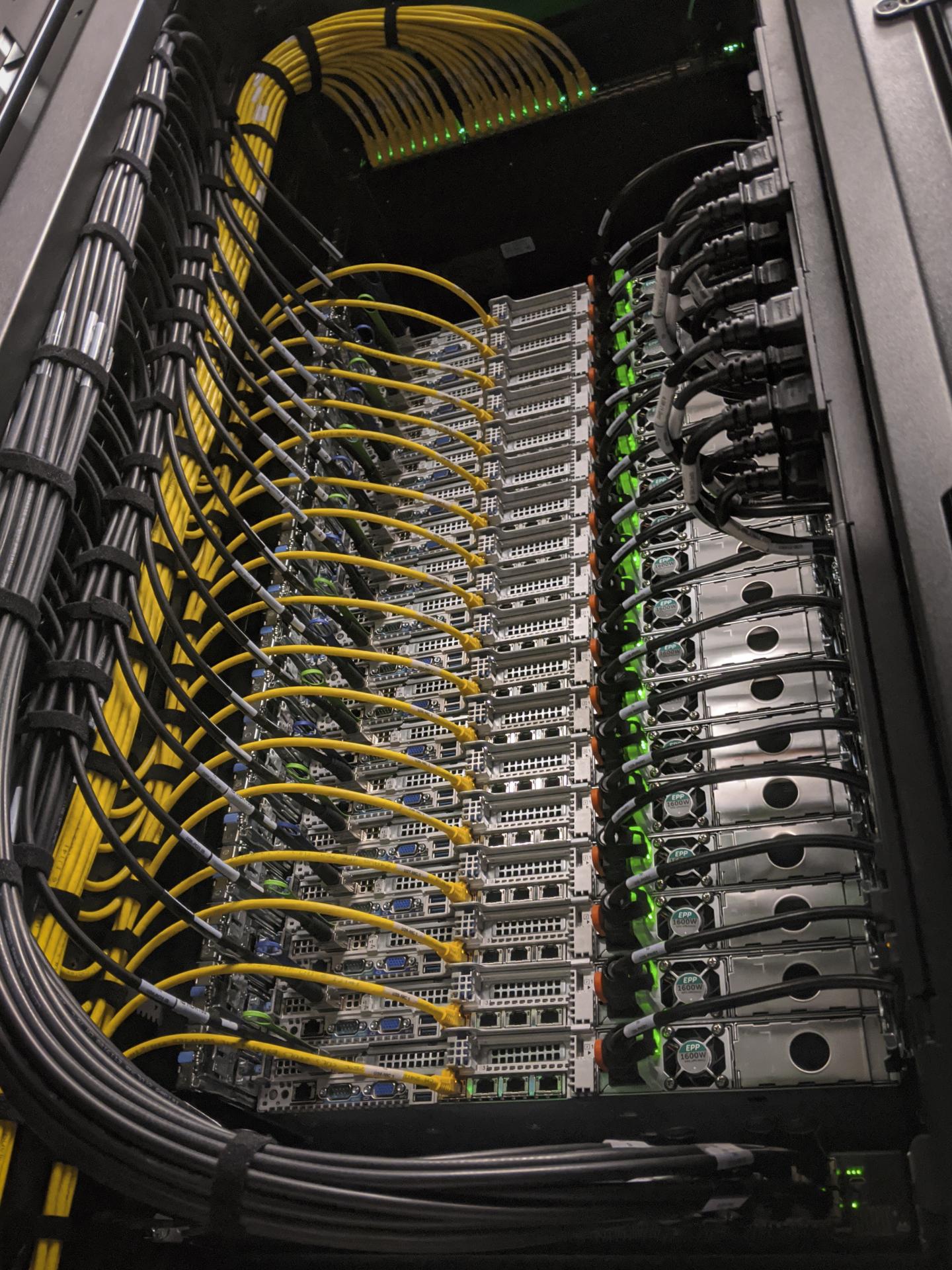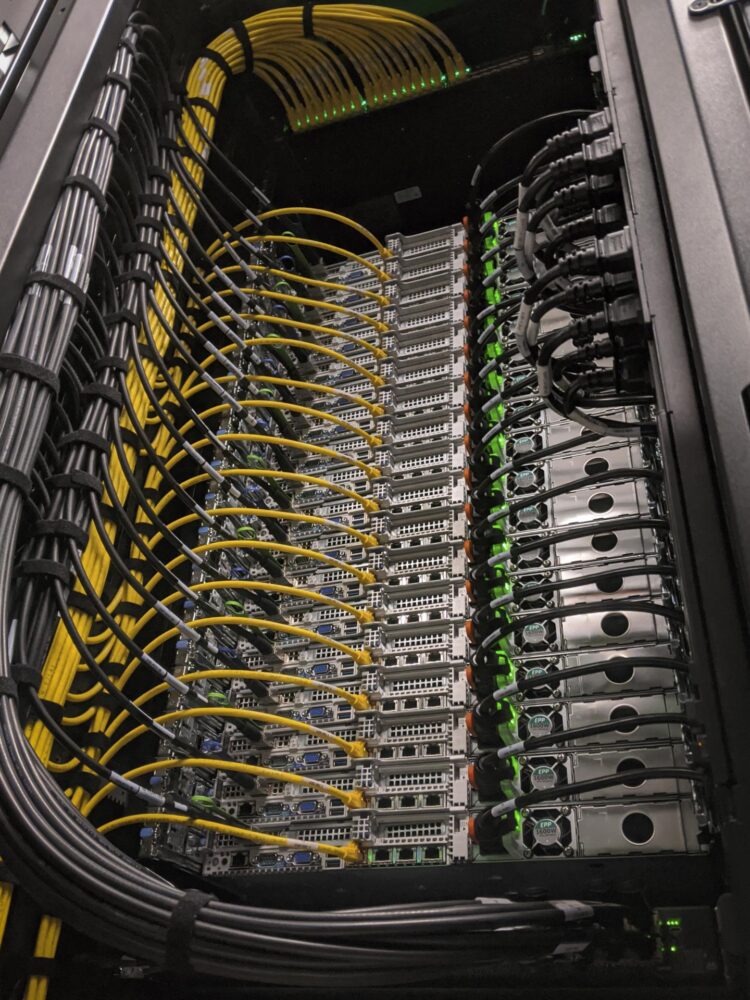National Science Foundation, Dell Technologies and Intel support extra capacity for emergency responses

Credit: TACC
Frontera — the 9th fastest supercomputer in the world, deployed at The University of Texas at Austin’s Texas Advanced Computing Center (TACC) — has expanded thanks to a supplemental award from the National Science Foundation (NSF), which funded the system, and a substantial contribution from Dell Technologies and Intel.
The expansion will contribute to TACC’s urgent computing capabilities, accelerating life sciences research during the COVID-19 pandemic and supporting rapid responses to emergencies like hurricanes, earthquakes, tornadoes, floods, and other large-scale disasters.
“The supplemental award from NSF and generous contribution from Dell Technologies and Intel will allow TACC to continue to support researchers responding to national and global emergencies without sacrificing the fundamental science that the Frontera system was built for,” said Dan Stanzione, TACC executive director.
The expansion adds nearly 400 Dell EMC PowerEdge R640 server nodes, housed in 11 racks. Each node contains two 2nd Gen Intel Xeon Scalable Platinum Processors and 192GB of DDR-4 memory — the same configuration as Frontera’s existing 8,008 compute nodes.
“NSF’s continued strategic investments such as this expansion of Frontera, together with those of our academic and industry partners, strengthen the national cyberinfrastructure to serve long term needs of the fundamental research enterprise while maintaining the agility to respond to national emergencies, as TACC’s engagement in the COVID-19 HPC Consortium so aptly demonstrates,” said the director of the NSF Office for Advanced Cyberinfrastructure, Manish Parashar.
Dedicated time on advanced computing systems for emergency response and operations is rare outside of supercomputers operated by mission-driven agencies like NASA, the National Oceanographic and Atmospheric Administration (NOAA), or the U.S. Geological Survey.
The new hardware became available to researchers this week. The expansion adds nearly 3.5 million node hours of compute time annually to the 70 million available on Frontera.
In the early phases of the pandemic, TACC devoted more than 30 percent of its computing resources to supporting COVID-19 research, enabling more than 50 teams to explore the virus in ways that otherwise would not have been possible. This led to insights into the structure and behavior of the spike protein and leading epidemiological forecasts.
“The work that TACC does enables critical research to address some of the biggest threats to human health and the environment,” said Jeremy Ford, vice president of strategic giving and social innovation at Dell Technologies. “We, along with our partners at Intel, love every chance to support local innovation in our hometown of Austin, Texas. Supporting the expansion of Frontera is a natural extension of our existing relationship with TACC and we are proud to contribute and extend the impact of technology to transform lives.”
TACC has supported urgent computing efforts since 2003 when TACC resources were used to guide investigators to debris from the Space Shuttle Challenger in East Texas. During Hurricane Ike and Harvey, the Deep Water Horizon oil spill, and earthquake recovery efforts in Haiti and Japan, TACC answered the call to provide emergency compute resources.
During the 2020 record hurricane season, TACC interrupted work on its systems 10 times to produce emergency storm surge simulations for hurricanes making landfall in the Gulf of Mexico. This information was shared with emergency managers and first responders in the region and helped guide decisions about evacuations and resource use. The expansion of Frontera will make more of these humanitarian efforts possible.
“TACC’s ongoing research contributes immensely to our scientific knowledge base for years to come, but sometimes the HPC challenge is right on our doorstep,” said Trish Damkroger, vice president & general manager of High Performance Computing at Intel. “These 400 additional Dell PowerEdge nodes powered by Intel Xeon Scalable processors give TACC a strategic reserve to deploy in emergency situations where an urgent technological response is needed to serve our fellow citizens.”
###
Media Contact
AARON DUBROW
[email protected]
Original Source
https:/





